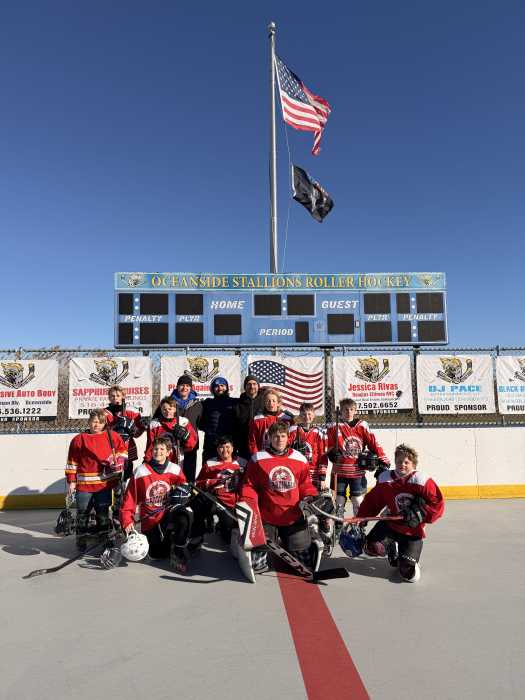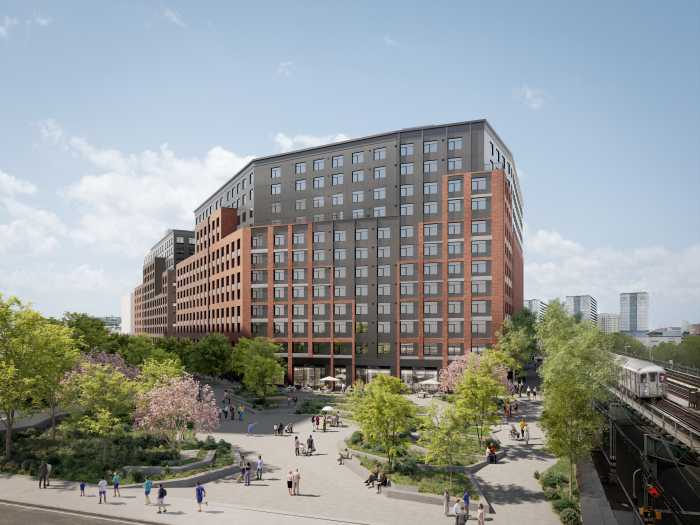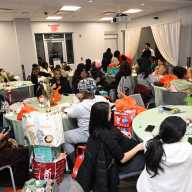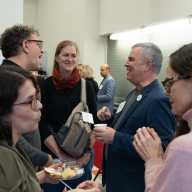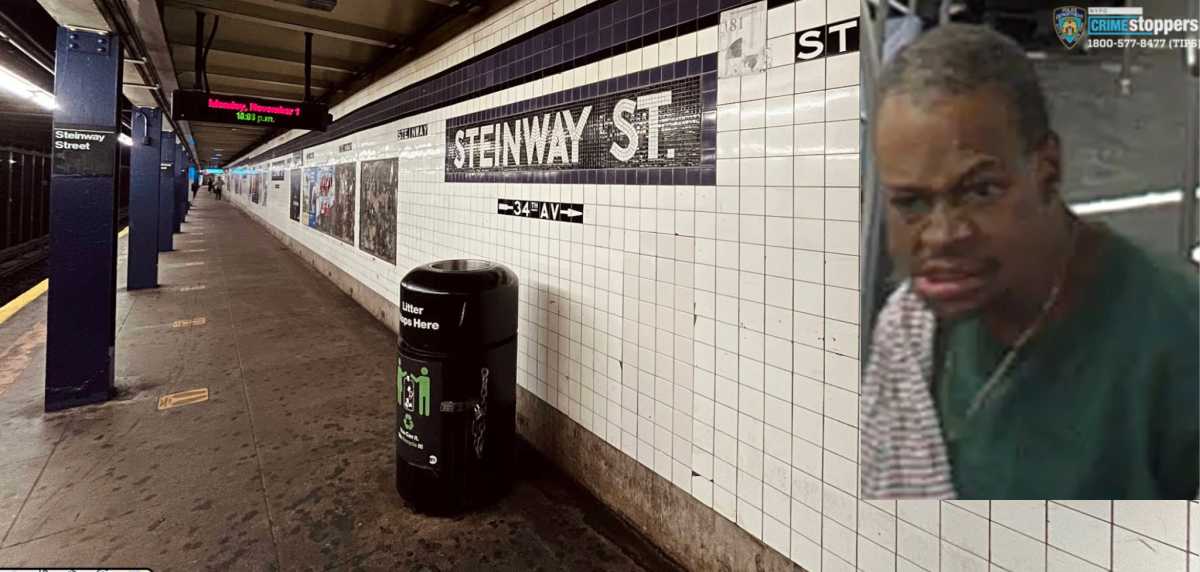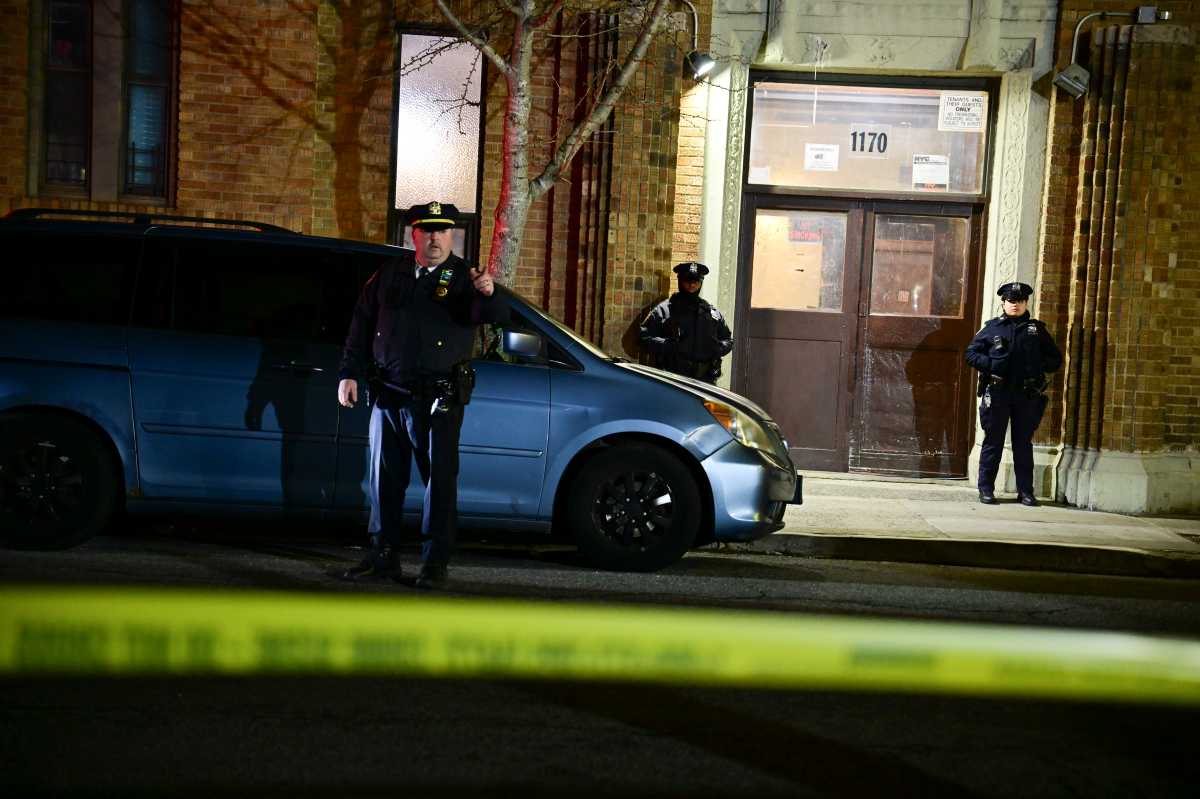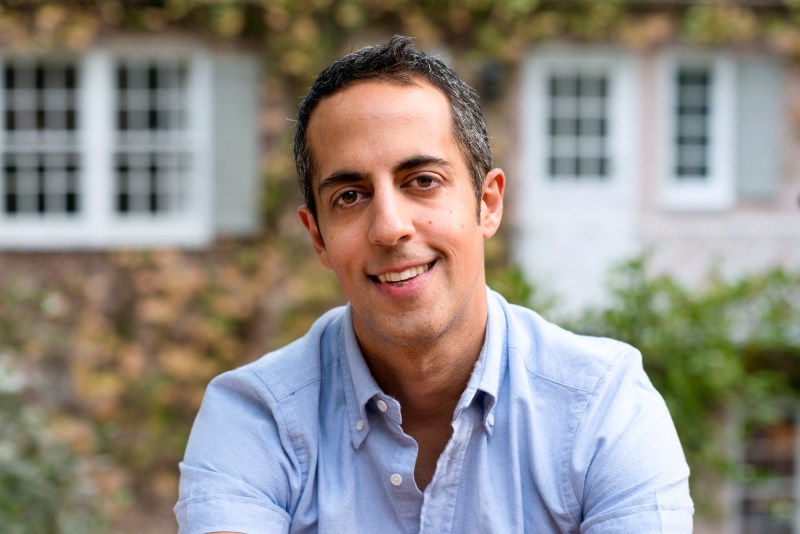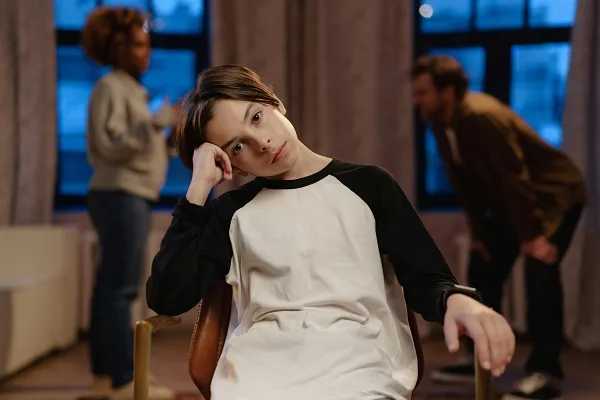Entering the week, the last thing on Paul Goldstein’s mind was winning the Forest Hills Clay Court Classic. He had never won a tournament on such a surface in singles competition, hadn’t played particularly crisp tennis recently and his wife, Abbie, was pregnant with their child in San Francisco, due to give birth in three weeks.
Somehow, the Stanford graduate, ranked 108th on the ATP Tour entering play, found his game just in time to win the $50,000 men’s challenger at the West Side Tennis Club, although he earned the crown via a walkover when fifth-seeded Adrian Garcia suffered an injury in the semifinals and was forced to default in the title match. “I’ll take it,” Goldstein said before boarding a flight to the west coast. “I haven’t been home for five weeks. I get to go home five hours earlier.”
Goldstein’s biggest challenge came in the semifinals, when he came from behind in a three-set thriller, 4-6, 6-3, 6-3, to oust eighth-seeded Juan Pablo Brzezicki, who had owned him on clay previously. He did so after trailing three-love in the final set, down two breaks. “For me, it’s one of the better efforts I’ve had, to come back and beat that guy playing the kind of tennis I played,” he said, later adding, “I played awesome all week. I was relaxed and I hit through the ball. I really felt like I played to win and not to lose. For me, I’ve been playing way too conservatively.”
“Paul was just not going to be denied,” his coach, Scott McClain, said. “From my count he made two errors in (the last) six games. Anytime you play that type of tennis, hard court, clay court tennis, you’re going to be a tough guy to beat. … That’s as good as I’ve seen Paul play pretty much anywhere.”
In his third year competing in the Forest Hills tournament, Goldstein was well aware of the history of the central Queens tennis club - home to the U.S. Nationals (later the U.S. Open) from 1915-1977 and the host of 10 Davis Cup finals.
“To me, the thing that impressed me about playing here is the sense of tradition, that sense of the way the members here have maintained the austerity of the game,” he said. “It’s a treat for guys to walk through the clubhouse (and) see the photos on the wall that are up there. That is pretty remarkable from that perspective.”



